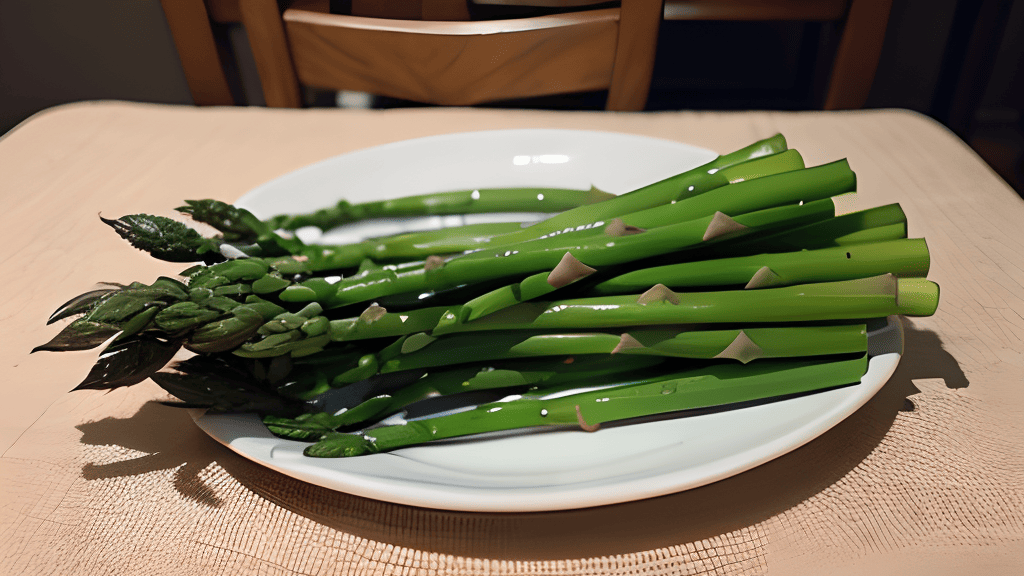
Antioxidants play a crucial role in protecting our bodies against free radicals, which can contribute to various health issues.
Including high antioxidant vegetables in our diet is an excellent way to boost our antioxidant intake and promote overall well-being.
This blog will highlight the top 10 vegetables with the highest antioxidant content, providing insight into their nutritional profiles, health benefits, and delicious ways to incorporate them into our meals.
Discover the power of these antioxidant-rich vegetables and how they can benefit your health.
The importance of antioxidants in our diet

Antioxidants play a crucial role in maintaining our overall health.
They help protect our cells from damage caused by harmful molecules called free radicals.
By neutralizing these free radicals, antioxidants can reduce the risk of chronic diseases like heart disease, cancer, and neurodegenerative disorders.
Including a variety of high antioxidant vegetables in our diet ensures that we are getting a sufficient amount of these beneficial compounds to support our well-being.
Top 10 high antioxidant vegetables overview
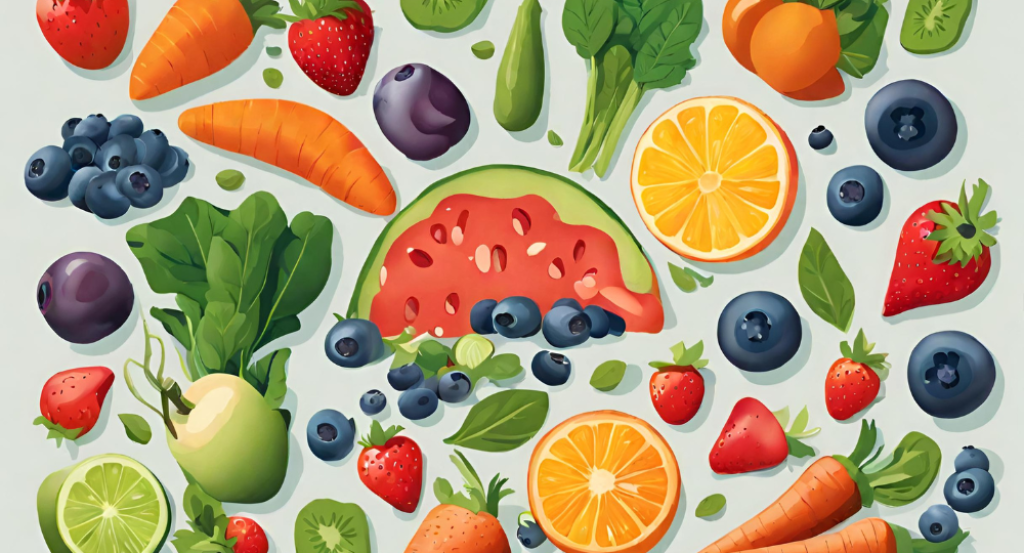
In this section, we will provide an overview of the top 10 high antioxidant vegetables that you should know about.
These vegetables are packed with beneficial antioxidants that can protect your cells from oxidative damage and promote overall health.
From kale to asparagus, we will explore the nutritional profiles, health benefits, and delicious ways to incorporate these antioxidant powerhouses into your diet.
Let’s dive in and discover the incredible potential of these vegetables!
1.Kale
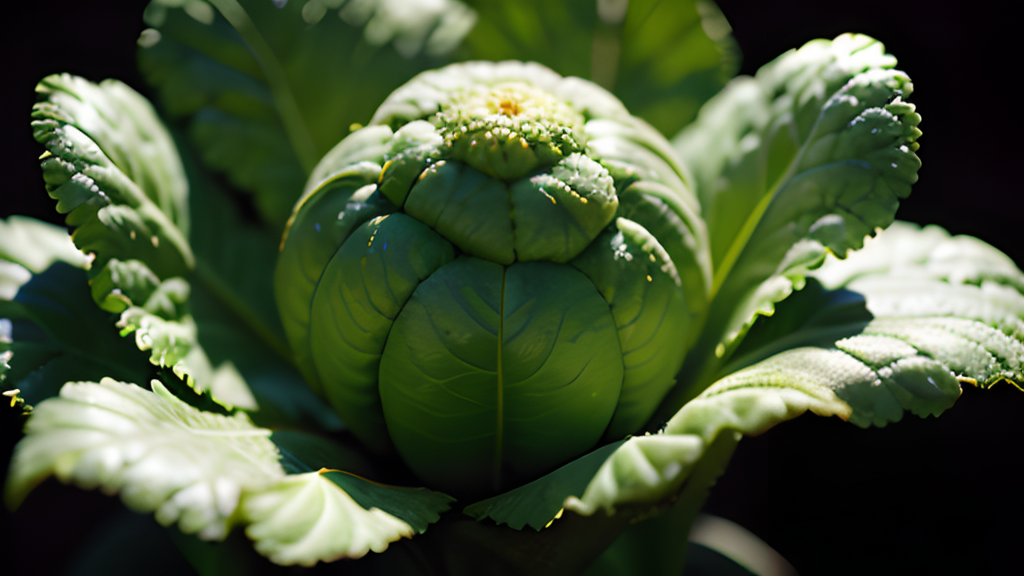
Kale, a leafy green vegetable, is an excellent source of antioxidants.
It is packed with vitamins A, C, and K, as well as minerals like iron and calcium.
Kale contains powerful antioxidants such as beta-carotene and flavonoids, which help protect against oxidative stress and inflammation in the body.
Including kale in your diet can boost your immune system, promote healthy digestion, and support heart health.
Nutritional profile and antioxidant content
Kale boasts an impressive nutritional profile and high antioxidant content.
This leafy green is packed with essential vitamins and minerals such as vitamin K, vitamin C, and manganese.
It is also a great source of antioxidants such as flavonoids and carotenoids, which help protect the body against free radicals and oxidative stress.
Incorporating kale into your diet can provide a wealth of health benefits.
Health benefits and ways to consume kale
Kale is not only packed with antioxidants, but it also offers numerous health benefits.
This leafy green vegetable is rich in vitamins A, C, and K, as well as fiber and potassium.
Incorporating kale into your diet can help support your immune system, promote healthy digestion, and reduce the risk of chronic diseases.
To enjoy kale’s benefits, you can add it to smoothies, salads, soups, or sauté it with other vegetables.
2.Spinach

Spinach, a leafy green vegetable, is known for its rich antioxidant properties.
It contains various vitamins and minerals such as vitamin C, vitamin E, and beta-carotene, which act as antioxidants in the body.
These antioxidants help protect cells from damage caused by free radicals.
Adding spinach to your diet can provide numerous health benefits including improved vision, strengthened immune system, and reduced risk of chronic diseases.
Incorporate spinach into your meals by adding it to salads, smoothies, or sautéing it with other vegetables.
Antioxidant properties and key nutrients
Spinach is renowned for its exceptional antioxidant properties and abundance of key nutrients.
It contains a variety of antioxidants, including vitamin C, vitamin E, beta-carotene, and lutein.
These antioxidants work together to combat the harmful effects of free radicals in the body and protect against oxidative stress.
In addition to its antioxidant content, spinach is also a rich source of iron, calcium, magnesium, and folate, making it a nutrient powerhouse that supports overall health and well-being.
Recipes and ways to incorporate spinach in meals
There are numerous delicious ways to incorporate spinach into your meals.
You can add it to salads, smoothies, soups, and stir-fries for a boost of nutrients and antioxidants.
Spinach can also be used as a filling for wraps or added to omelets and quiches.
Try sautéing spinach with garlic and olive oil or adding it to pasta dishes for a nutritious twist.
Get creative and experiment with different recipes to enjoy the benefits of this high antioxidant vegetable.
3.Broccoli
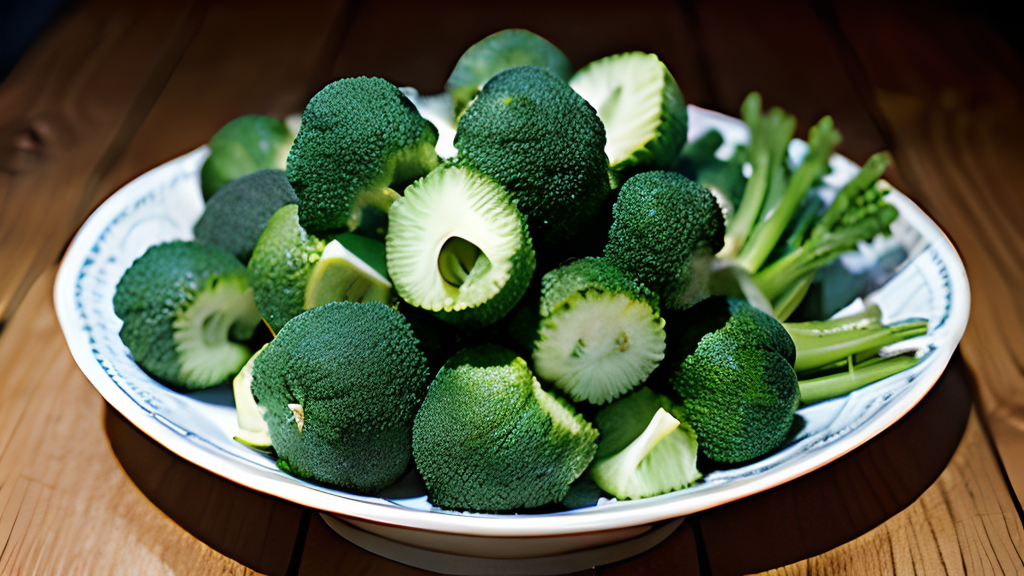
Broccoli is a powerhouse when it comes to antioxidants.
Packed with compounds like sulforaphane, indole-3-carbinol, and quercetin, this cruciferous vegetable offers a range of health benefits.
Studies have shown that these antioxidants help reduce inflammation, support detoxification processes, and may even have anti-cancer properties.
To preserve the antioxidants in broccoli, it is best to lightly steam or stir-fry the vegetable rather than boiling it.
Antioxidant compounds and health benefits
Broccoli is packed with various antioxidant compounds that contribute to its numerous health benefits.
It contains high levels of vitamin C, carotenoids, and flavonoids, all of which act as antioxidants in the body.
These compounds help protect cells from damage caused by harmful free radicals and reduce the risk of chronic diseases such as heart disease and certain types of cancer.
Incorporating broccoli into your diet can promote overall well-being and boost your antioxidant intake.
Cooking methods to preserve antioxidants
When it comes to cooking broccoli, it’s important to know the best methods to preserve its antioxidants.
Steaming or stir-frying the vegetable for a short period of time can help retain most of its antioxidant content.
Boiling broccoli for too long or exposing it to high heat for extended periods can lead to nutrient loss.
Therefore, opt for quick and gentle cooking techniques to maximize the antioxidant benefits of this nutritious vegetable.
4.Red Bell Peppers
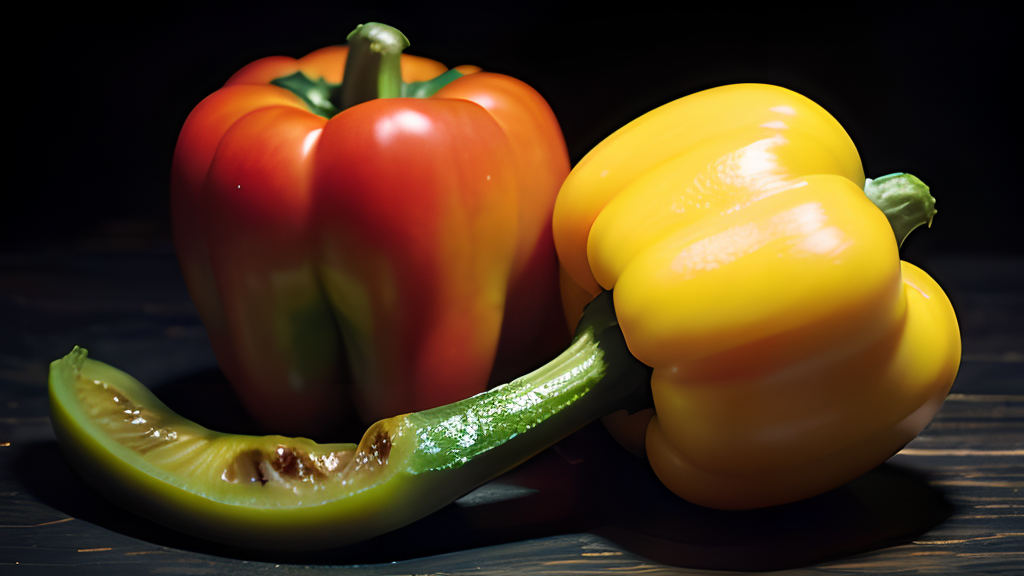
Red bell peppers are not only vibrant and delicious, but they are also packed with antioxidants.
They contain high levels of vitamin C, which acts as an antioxidant in the body.
Additionally, red bell peppers are rich in carotenoid antioxidants, such as beta-carotene and lycopene.
These antioxidants help to protect the body against oxidative damage and reduce the risk of chronic diseases.
Whether enjoyed raw or cooked, red bell peppers are a nutritious addition to any meal.
Vitamin C and carotenoid antioxidants
Vitamin C and carotenoid antioxidants are key components found in red bell peppers.
Red bell peppers are rich in vitamin C, which acts as an antioxidant and helps protect cells from damage caused by free radicals.
Carotenoids, such as beta-carotene and lycopene, are also present in red bell peppers, providing additional antioxidant benefits.
These antioxidants help reduce the risk of chronic diseases and promote overall health.
Whether eaten raw or cooked, red bell peppers provide a nutritious and delicious way to boost your antioxidant intake.
Raw vs cooked red bell peppers
When it comes to red bell peppers, both raw and cooked forms pack a punch when it comes to antioxidants.
Raw red bell peppers contain higher levels of vitamin C and antioxidants compared to cooked ones since cooking can cause some nutrient loss.
However, cooking red bell peppers can also enhance the bioavailability of certain antioxidants like carotenoids.
Whether you choose to enjoy them raw or cooked, incorporating red bell peppers into your diet is a great way to boost your antioxidant intake.
5.Brussels Sprouts
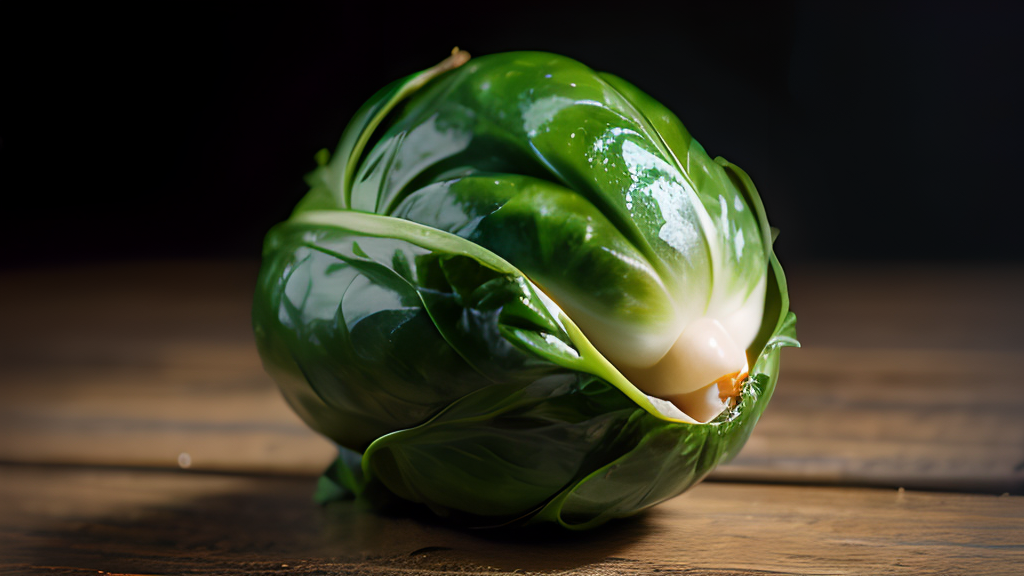
Brussels sprouts are a high antioxidant vegetable belonging to the cruciferous family.
Packed with vitamins A, C, and K, as well as fiber and other essential nutrients, they are known for their impressive antioxidant content.
These little sprouts offer a range of health benefits, including cancer-fighting properties and improved heart health.
With their earthy flavor and versatility, brussels sprouts can be enjoyed in various dishes such as roasted, sautéed, or even added to salads.
Antioxidant-rich cruciferous vegetable
Cruciferous vegetables, such as Brussels sprouts, offer a host of health benefits due to their high antioxidant content.
These vegetables are rich in compounds like sulforaphane and glucosinolates, which have been linked to reducing inflammation and preventing chronic diseases.
Additionally, cruciferous vegetables contain ample amounts of vitamins and minerals that contribute to overall well-being.
Including Brussels sprouts in your diet can help boost your antioxidant intake and promote optimal health.
Tasty recipes and cooking tips
When it comes to Brussels sprouts, there are plenty of delicious recipes and cooking tips to enhance their flavor and preserve their antioxidant content.
Roasting Brussels sprouts with olive oil, garlic, and a sprinkle of parmesan cheese creates a crispy and savory side dish.
For a healthier twist, try steaming them and tossing them with lemon juice and herbs.
Adding roasted Brussels sprouts to salads or stir-fries can also add an extra boost of antioxidants to your meals.
6.Carrots
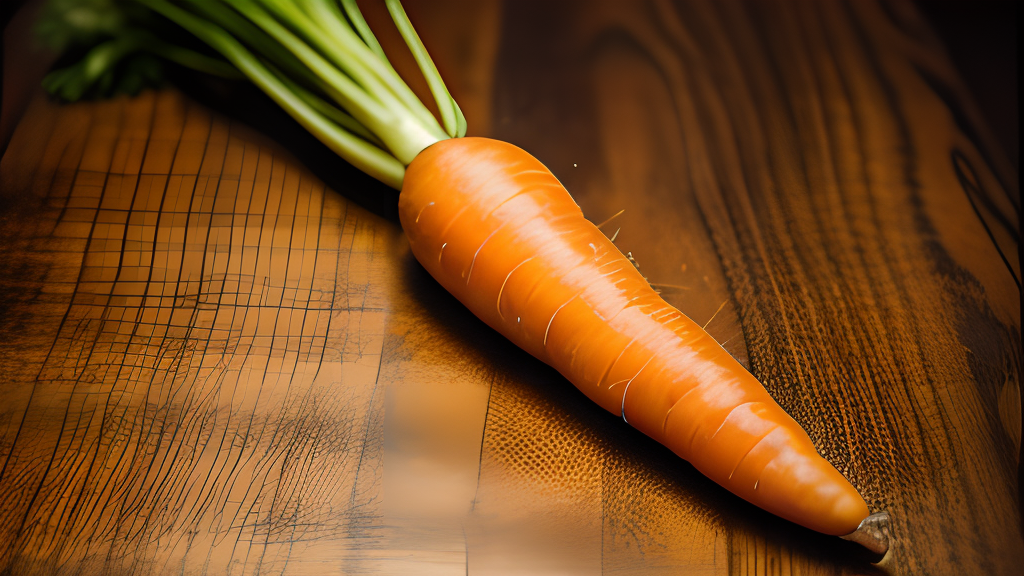
Carrots are not only vibrant and delicious, but they also pack a powerful antioxidant punch.
Rich in beta-carotene, which is converted into vitamin A in the body, carrots help protect cells from damage caused by free radicals.
These antioxidants also support healthy vision and immune function.
From crunchy carrot sticks to grated carrot salads, there are numerous ways to enjoy this nutrient-rich vegetable.
Incorporating carrots into your diet is a simple and tasty way to boost your antioxidant intake.
Beta-carotene and antioxidant effects
Beta-carotene is a carotenoid compound found in carrots that gives them their vibrant orange color.
It is a potent antioxidant that helps protect the body against the harmful effects of free radicals.
When consumed, beta-carotene is converted into vitamin A, which plays a crucial role in maintaining healthy vision, promoting immune function, and supporting skin health.
Incorporating carrots into your diet can provide you with the benefits of beta-carotene and its antioxidant effects.
Different ways to enjoy carrots
There are numerous ways to enjoy the nutritional benefits of carrots.
They can be enjoyed raw as a crunchy and refreshing snack or added to salads for a burst of color and flavor.
Carrots can also be steamed, roasted, or stir-fried to bring out their natural sweetness.
Additionally, they can be incorporated into soups, stews, and even desserts like carrot cake.
The versatility of carrots makes it easy to include them in your daily diet and reap their antioxidant benefits.
7.Sweet Potatoes
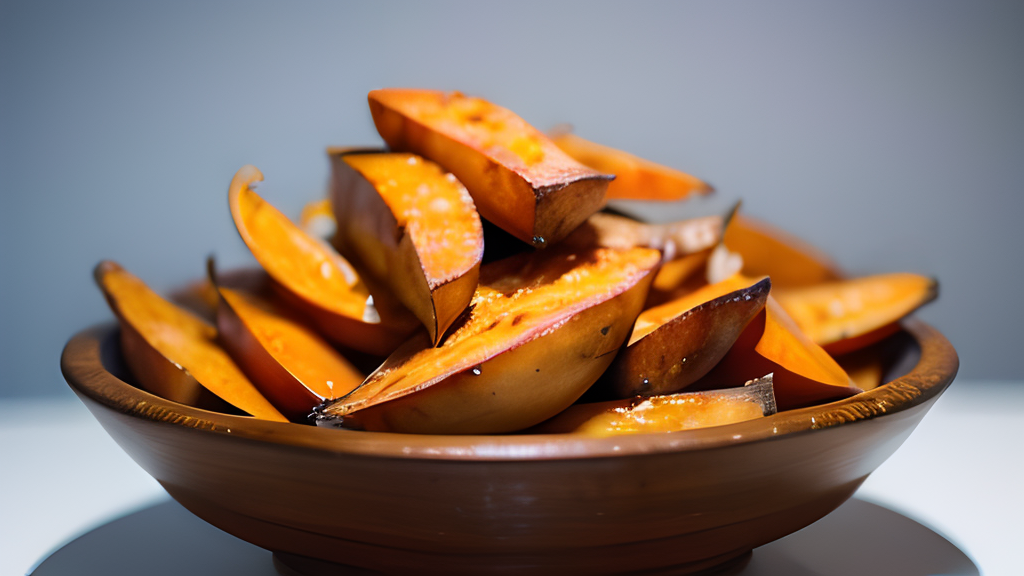
Sweet potatoes are not only delicious but also packed with antioxidants.
They contain high levels of beta-carotene, a powerful antioxidant that helps protect the body against free radicals.
In addition to beta-carotene, sweet potatoes also contain other antioxidants like Vitamin C and anthocyanins.
These antioxidants have been linked to various health benefits, including reduced inflammation and improved eye health.
Incorporating sweet potatoes into your diet is easy – you can roast them, bake them, or even make sweet potato fries for a tasty and nutritious snack.
Antioxidant profile and health benefits
Sweet potatoes are not only delicious but also packed with antioxidants.
They contain high levels of beta-carotene, which is converted to vitamin A in the body and acts as a powerful antioxidant.
Vitamin A helps protect cells from damage caused by free radicals and supports a healthy immune system.
Additionally, sweet potatoes are rich in other antioxidants such as vitamin C and anthocyanins, which have been linked to reducing inflammation and promoting heart health.
Including sweet potatoes in your diet can provide numerous health benefits and boost your antioxidant intake.
Delicious sweet potato recipes
When it comes to delicious sweet potato recipes, the options are endless.
Whether you prefer them roasted, mashed, or baked, there’s a recipe to suit every taste.
One popular choice is sweet potato fries, which can be seasoned with herbs and spices for an extra kick.
For a satisfyingly sweet treat, try making sweet potato casserole topped with marshmallows.
Sweet potato pancakes or waffles are also a great way to start your day.
With so many delicious recipes to choose from, incorporating sweet potatoes into your meals has never been more enjoyable!
8.Tomatoes
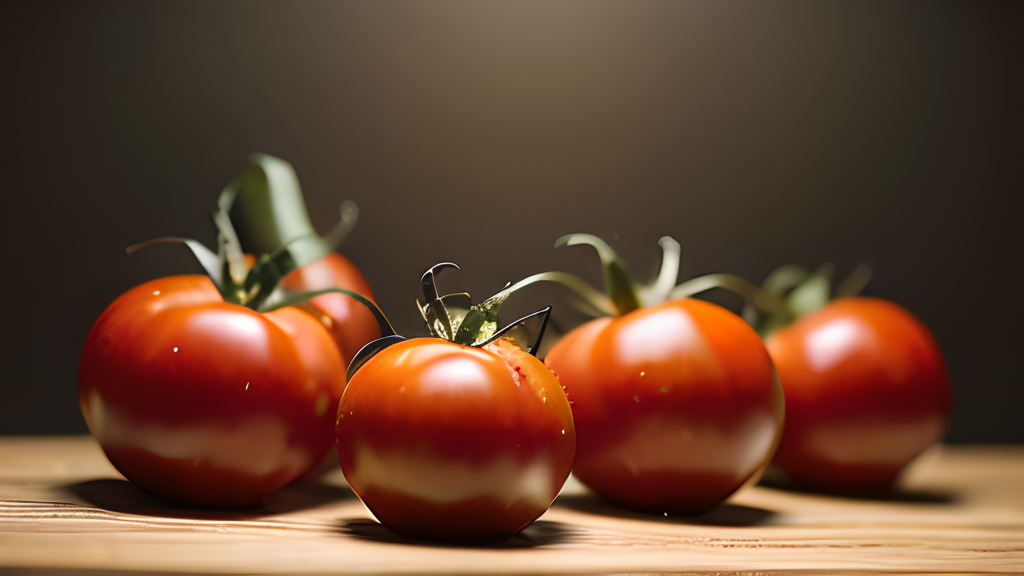
Tomatoes are not just a delicious fruit, but they also offer a wide range of health benefits.
They are packed with antioxidants, including lycopene, which gives them their vibrant red color.
Lycopene has been shown to have powerful antioxidant properties that may help protect against certain types of cancer and reduce the risk of heart disease.
Tomatoes can be enjoyed in various ways, such as in salads, sauces, or even grilled for a burst of flavor.
Lycopene and other antioxidants in tomatoes
Lycopene is a powerful antioxidant found in high concentrations in tomatoes.
It has been linked to various health benefits, including reduced risk of heart disease and certain types of cancer.
In addition to lycopene, tomatoes contain other antioxidants such as vitamin C and beta-carotene, which contribute to their overall antioxidant properties.
Consuming tomatoes in their raw or cooked form can help maximize the absorption of these beneficial antioxidants.
Cooking techniques to enhance antioxidant absorption
When it comes to tomatoes, cooking techniques can actually enhance the absorption of antioxidants.
One study found that heating tomatoes increased the availability of lycopene, a potent antioxidant.
Cooking methods such as roasting, simmering, or making tomato sauce can release more antioxidants compared to consuming raw tomatoes.
Pairing tomatoes with healthy fats like olive oil can further enhance antioxidant absorption.
So don’t be afraid to experiment with different cooking techniques to maximize the antioxidant benefits of tomatoes in your meals.
9.Beets

Beets, also known as beetroot, are a highly nutritious vegetable with significant antioxidant properties.
They contain various compounds, including betalains and betacyanins, which are responsible for their vibrant red color and antioxidant effects.
These antioxidants help protect cells from damage caused by free radicals and may offer potential health benefits such as reducing inflammation and improving cardiovascular health.
Incorporating beets into your diet can be done in creative ways such as roasting, juicing, or adding them to salads or smoothies.
Antioxidant compounds and potential health benefits
Antioxidant compounds found in beets, such as betalains and betacyanin, play a crucial role in protecting cells from damage caused by free radicals.
These compounds have been linked to various health benefits, including reducing inflammation, supporting heart health, and boosting immune function.
Additionally, the nitrates found in beets can help improve exercise performance and lower blood pressure.
Including beets in your diet can provide a range of potential health benefits.
Creative ways to incorporate beets in your diet
There are numerous creative ways to incorporate beets into your diet and enjoy their antioxidant benefits.
One popular option is to roast beets and add them to salads or grain bowls for a burst of color and flavor.
They can also be blended into smoothies for a nutritious boost, or even made into delicious beet chips for a satisfying snack.
Additionally, you can spiralize beets to create colorful veggie noodles or use them as a topping for homemade pizzas.
Get creative in the kitchen and discover new ways to enjoy beets while reaping their antioxidant rewards!
10.Asparagus

Asparagus is a nutrient-rich vegetable that boasts a high antioxidant content.
It is packed with vitamins A, C, and E, as well as glutathione, a powerful antioxidant that helps protect cells from damage.
Asparagus can be enjoyed in various culinary ways, such as steaming, grilling, or sautéing.
Its mild and earthy flavor makes it a versatile addition to salads, stir-fries, and side dishes.
Incorporating asparagus into your diet is a great way to boost your antioxidant intake and promote overall health.
Antioxidant nutrients and culinary uses
Asparagus is not only a delicious vegetable, but it is also packed with antioxidant nutrients that are beneficial for overall health.
It contains vitamins A, C, and E, as well as the minerals selenium and zinc, which are known for their antioxidant properties.
In terms of culinary uses, asparagus can be enjoyed in a variety of ways.
It can be roasted, grilled, steamed, or even used in stir-fries and salads.
Its unique flavor and versatility make it a great addition to any meal.
Tips for choosing and cooking asparagus
When choosing asparagus, look for firm, bright green stalks with closed tips.
Avoid any that are wilted or have blemishes.
To cook asparagus, start by trimming the tough ends and peeling the lower part of the stalk if desired.
Asparagus can be steamed, roasted, grilled, or sautéed for a delicious side dish or addition to salads and pasta.
Be mindful not to overcook it, as it should remain crisp-tender.
By following these tips, you can enjoy the full flavor and antioxidant benefits of asparagus.
XII.Conclusion
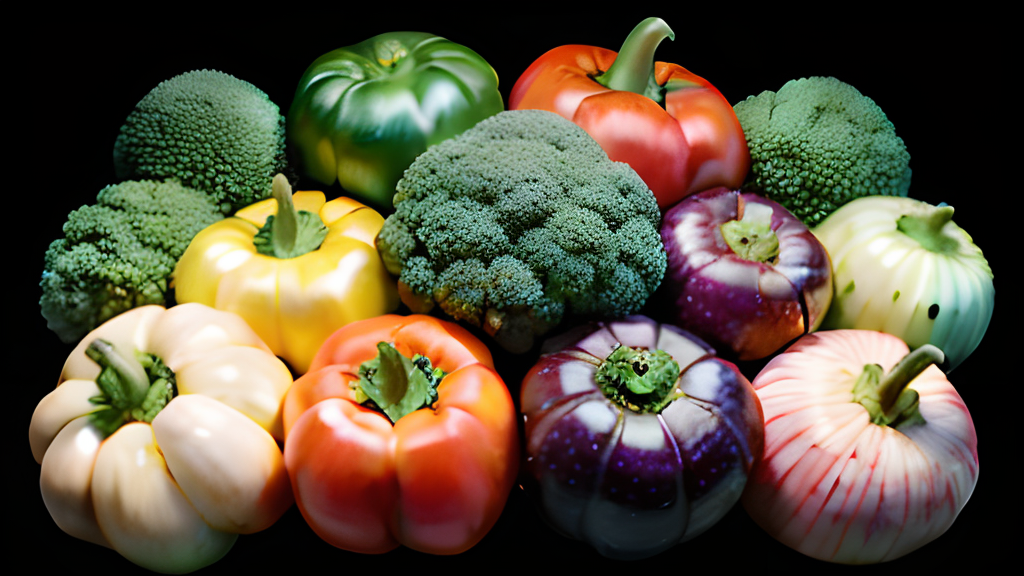
The inclusion of high antioxidant vegetables in one’s diet is crucial for overall health and well-being.
These vegetables, such as kale, spinach, broccoli, red bell peppers, Brussels sprouts, carrots, sweet potatoes, tomatoes, beets, and asparagus, provide a wide range of essential nutrients and powerful antioxidants that help combat oxidative stress and prevent various chronic diseases.
By incorporating these vegetables into your meals through delicious recipes and cooking techniques that preserve their antioxidant content, you can enhance the nutritional value of your diet and promote optimal health.
Make sure to prioritize these top 10 high antioxidant vegetables for a nutritious and vibrant lifestyle.
The importance of including high antioxidant vegetables in your diet

Including high antioxidant vegetables in your diet is crucial for maintaining overall health and well-being.
Antioxidants help protect the body against free radicals, which can damage cells and lead to chronic diseases like cancer and heart disease.
These vegetables also provide essential nutrients, fiber, and phytochemicals that support immune function and promote healthy digestion.
By incorporating a variety of high antioxidant vegetables into your meals, you can enhance your body’s natural defense system and improve your long-term health outcomes.
Final thoughts and recommendations
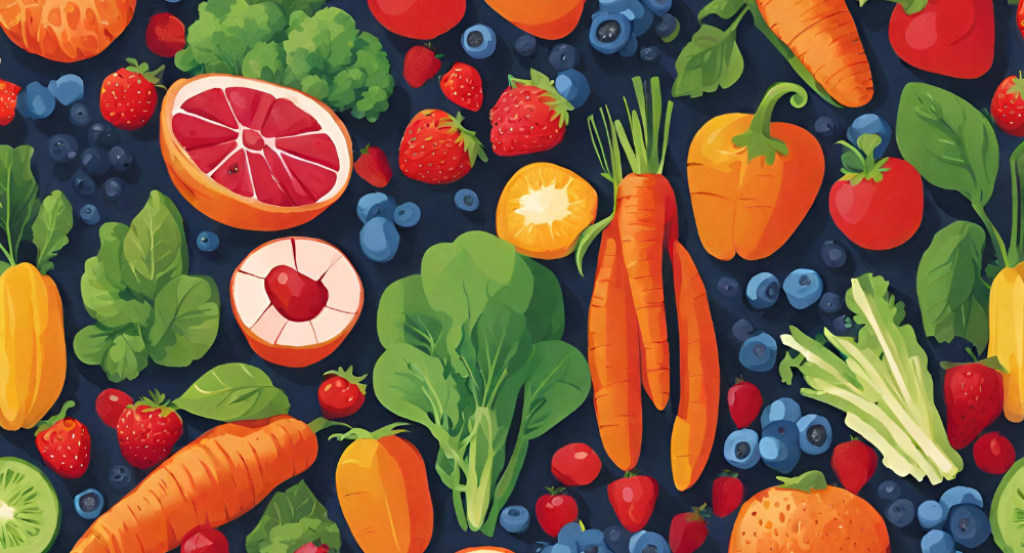
In conclusion, incorporating high antioxidant vegetables into your diet can have numerous health benefits.
These nutrient-rich vegetables, such as kale, spinach, broccoli, and red bell peppers, provide essential antioxidants that help protect the body from oxidative stress and reduce the risk of chronic diseases.
To maximize the antioxidant content, it is important to consume these vegetables in their raw or lightly cooked form.
Including a variety of these vegetables in your meals can contribute to overall health and well-being.
Start adding these vibrant veggies to your plate today for a boost of antioxidants and a delicious addition to your meals!






